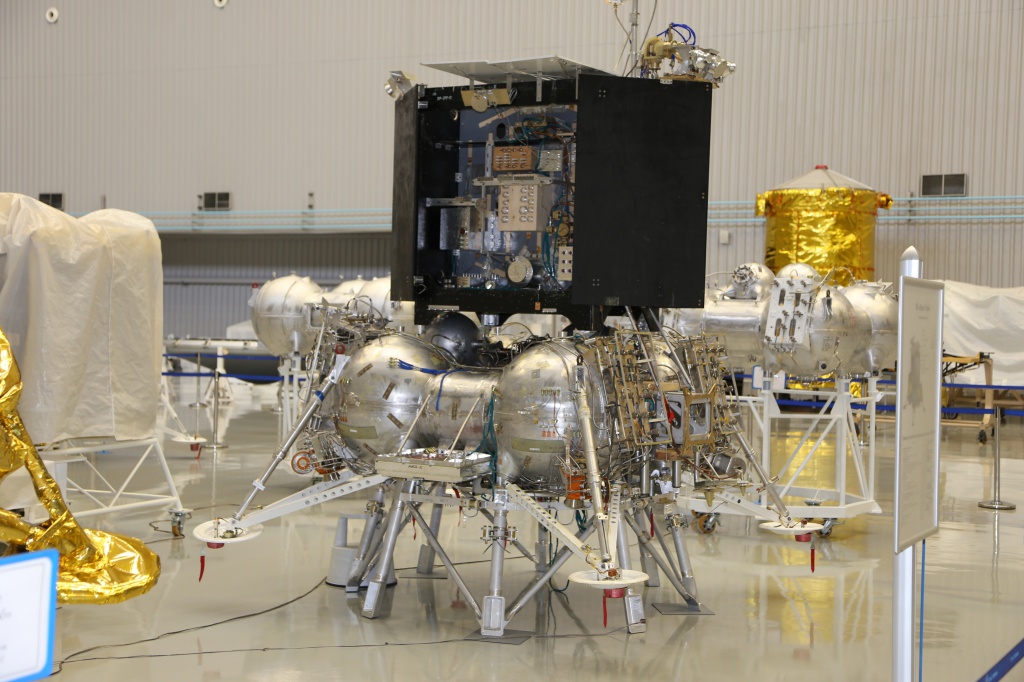Russia gearing up to launch moon mission in 2021

The robotic Luna-25 will be the first Russian or Soviet moon mission since 1976.

Russia's Luna-25 spacecraft is starting to come together ahead of its planned launch next year.
Last month, flight units of Russian scientific instruments were delivered from the Space Research Institute of the Russian Academy of Sciences to NPO Lavochkin — part of Roscosmos, the Russian federal space agency. Russian space industry specialists have started installing them on the robotic Luna-25 spacecraft.
The Russian lunar landing vehicle includes nine instruments: eight Russian and one developed by the European Space Agency (ESA). ESA's contribution to Luna 25 is Pilot-D, a demonstrator terrain relative navigation system.
Related: The 21 most marvelous moon missions
South pole exploration
The Russian instruments are meant to research the composition, structure and physico-mechanical properties of lunar polar regolith, dust and plasma exosphere around the moon's south pole. To date, no spacecraft have been to this region, which is eyed by many nations as a site for future moon bases.
Luna-25 is expected to launch in October 2021.
The project is being implemented at the request of the Russian Academy of Sciences — part of the Federal Space Program of 2016-2025 — and is financed by Roscosmos.
Breaking space news, the latest updates on rocket launches, skywatching events and more!
Return to flight
Luna-25 is the opening moonshot of a reactivated Russian lunar program that includes an orbiter and a plan to haul lunar samples back to Earth.
ESA has been developing the Package for Resource Observation and in-Situ Prospecting for Exploration, Commercial exploitation and Transportation (PROSPECT) — a lunar drilling and sample analysis package to be installed on Russia's Luna-27 mission.
The last of the Luna series of robotic spacecraft to get off the ground was the Luna-24 probe in 1976. It was the third Soviet mission to retrieve lunar surface samples and bring them back to Earth. The first two were Luna-16 in 1970 and Luna-20 in 1972.
Leonard David is author of "Moon Rush: The New Space Race" (National Geographic, 2019). A longtime writer for Space.com, David has been reporting on the space industry for more than five decades. Follow us @Spacedotcom, Facebook or Google+. This version of the story published on Space.com.

Leonard David is an award-winning space journalist who has been reporting on space activities for more than 50 years. Currently writing as Space.com's Space Insider Columnist among his other projects, Leonard has authored numerous books on space exploration, Mars missions and more, with his latest being "Moon Rush: The New Space Race" published in 2019 by National Geographic. He also wrote "Mars: Our Future on the Red Planet" released in 2016 by National Geographic. Leonard has served as a correspondent for SpaceNews, Scientific American and Aerospace America for the AIAA. He has received many awards, including the first Ordway Award for Sustained Excellence in Spaceflight History in 2015 at the AAS Wernher von Braun Memorial Symposium. You can find out Leonard's latest project at his website and on Twitter.

